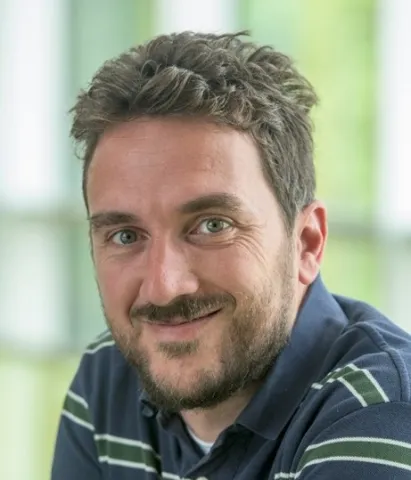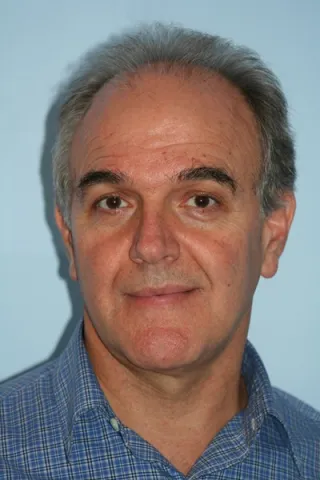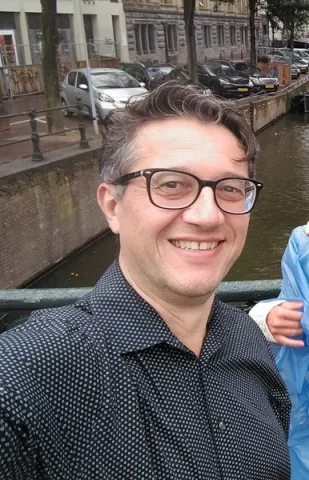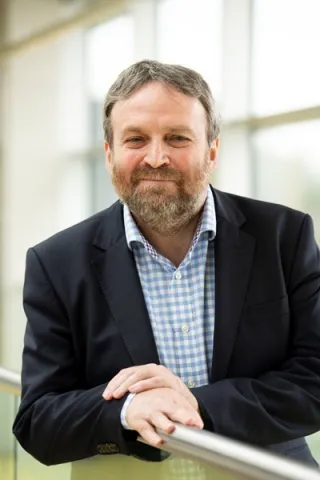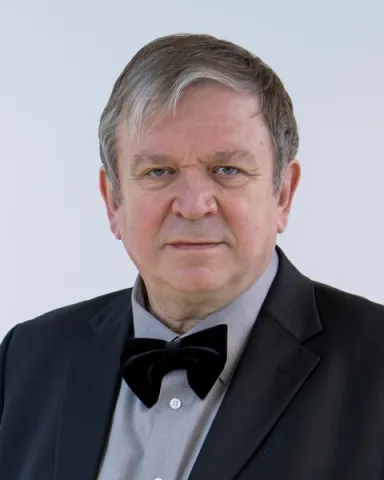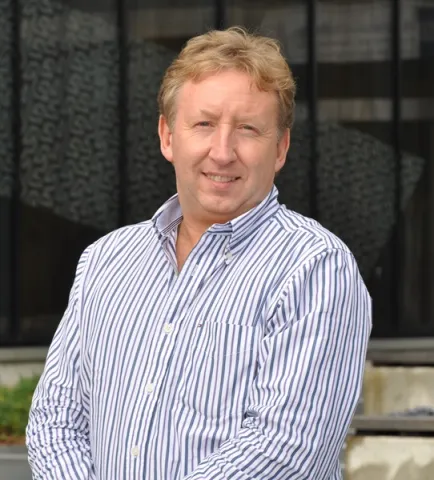Project overview
Photonics is one of six EU "Key Enabling Technologies. The US recently announced a $200M programme for Integrated Photonics Manufacturing to improve its competitiveness. As a UK response, the research proposed here will advance the pervasive technologies for future manufacturing identified in the UK Foresight report on the Future of Manufacturing, improving the manufacturability of optical sensors, functional materials, and energy-efficient growth in the transmission, manipulation and storage of data. Integration is the key to low-cost components and systems. The Hub will address the grand challenge of optimising multiple cross-disciplinary photonic platform technologies to enable integration through developing low-cost fabrication processes. This dominant theme unites the requirements of the UK photonics (and photonics enabled) industry, as confirmed by our consultation with over 40 companies, Catapults, and existing CIMs.
Uniquely, following strong UK investment in photonics, we include most of the core photonic platforms available today in our Hub proposal that exploits clean room facilities valued at £200M. Research will focus on both emerging technologies having greatest potential impact on industry, and long-standing challenges in existing photonics technology where current manufacturing processes have hindered industrial uptake. Platforms will include:
Metamaterials: One of the challenges in metamaterials is to develop processes for low-cost and high-throughput manufacturing. Advanced metamaterials produced in laboratories depend on slow, expensive production processes such as electron beam writing and are difficult to produce in large sizes or quantities. To secure industrial take up across a wide variety of practical applications, manufacturing methods that allow nanostructure patterning across large areas are required. Southampton hosts a leading metamaterials group led by Prof Zheludev and is well positioned to leverage current/future EPSRC research investments, as well as its leading intellectual property position in metamaterials.
High-performance special optical fibres: Although fibres in the UV and mid-IR spectral range have been made, few are currently commercial owing to issues with reliability, performance, integration and manufacturability. This platform will address the manufacturing scalability of special fibres for UV, mid-IR and for ultrahigh power sources, as requested by current industrial partners. Integration with III-V sources and packaging issues will also be addressed, as requested by companies exploiting special fibres in laser-based applications. In the more conventional near-infrared wavelength regime, we will focus on designs and processes to make lasers and systems cheaper, more efficient and more reliable.
Integrated Silicon Photonics: has made major advances in the functionality that has been demonstrated at the chip level. Arguably, it is the only platform that potentially offers full integration of all the key components required for optical circuit functionality at low cost, which is no doubt why the manufacturing giant, Intel, has invested so much. The key challenge remains to integrate silicon with optical fibre devices, III-V light sources and the key components of wafer-level manufacture such as on line test and measurement. The Hub includes the leading UK group in silicon photonics led by Prof Graham Reed.
III-V devices: Significant advances have been made in extending the range of III-V light sources to the mid-IR wavelength region, but key to maximise their impact is to enable their integration with optical fibres and other photonics platforms, by simultaneous optimisation of the III-V and surrounding technologies. A preliminary mapping of industrial needs has shown that integration with metamaterial components optimised for mid-IR would be highly desirable. Sheffield hosts the EPSRC III-V Centre and adds a powerful light emitting dimension to the Hub.
Uniquely, following strong UK investment in photonics, we include most of the core photonic platforms available today in our Hub proposal that exploits clean room facilities valued at £200M. Research will focus on both emerging technologies having greatest potential impact on industry, and long-standing challenges in existing photonics technology where current manufacturing processes have hindered industrial uptake. Platforms will include:
Metamaterials: One of the challenges in metamaterials is to develop processes for low-cost and high-throughput manufacturing. Advanced metamaterials produced in laboratories depend on slow, expensive production processes such as electron beam writing and are difficult to produce in large sizes or quantities. To secure industrial take up across a wide variety of practical applications, manufacturing methods that allow nanostructure patterning across large areas are required. Southampton hosts a leading metamaterials group led by Prof Zheludev and is well positioned to leverage current/future EPSRC research investments, as well as its leading intellectual property position in metamaterials.
High-performance special optical fibres: Although fibres in the UV and mid-IR spectral range have been made, few are currently commercial owing to issues with reliability, performance, integration and manufacturability. This platform will address the manufacturing scalability of special fibres for UV, mid-IR and for ultrahigh power sources, as requested by current industrial partners. Integration with III-V sources and packaging issues will also be addressed, as requested by companies exploiting special fibres in laser-based applications. In the more conventional near-infrared wavelength regime, we will focus on designs and processes to make lasers and systems cheaper, more efficient and more reliable.
Integrated Silicon Photonics: has made major advances in the functionality that has been demonstrated at the chip level. Arguably, it is the only platform that potentially offers full integration of all the key components required for optical circuit functionality at low cost, which is no doubt why the manufacturing giant, Intel, has invested so much. The key challenge remains to integrate silicon with optical fibre devices, III-V light sources and the key components of wafer-level manufacture such as on line test and measurement. The Hub includes the leading UK group in silicon photonics led by Prof Graham Reed.
III-V devices: Significant advances have been made in extending the range of III-V light sources to the mid-IR wavelength region, but key to maximise their impact is to enable their integration with optical fibres and other photonics platforms, by simultaneous optimisation of the III-V and surrounding technologies. A preliminary mapping of industrial needs has shown that integration with metamaterial components optimised for mid-IR would be highly desirable. Sheffield hosts the EPSRC III-V Centre and adds a powerful light emitting dimension to the Hub.
Staff
Lead researchers
Other researchers
Collaborating research institutes, centres and groups
Research outputs
Gregory Jasion, John Hayes, Natalie Wheeler, Yong Chen, Thomas Bradley, David Richardson & Francesco Poletti,
2019, Optics Express, 27(15), 20567-20582
DOI: 10.1364/OE.27.020567
Type: article
Andrea Ventura, Fedia Ben Slimen, Joris Lousteau, Nicholas White, Ali Masoudi, Petr Janicek & Francesco Poletti,
2019, Optics Express, 27(15), 20259-20272
DOI: 10.1364/OE.27.020259
Type: article
2019, Physics Education, 54(5)
Type: article
Michalis N. Zervas,
2019, Optics Express, 27(13), 19019-19041
DOI: 10.1364/OE.27.019019
Type: article
Natasha Vukovic, Paulo Almeida, Jaclyn Chan, Christophe Codemard & Michalis N. Zervas,
2019, IEEE Photonics Technology Letters, 31(12), 927-930
Type: article

